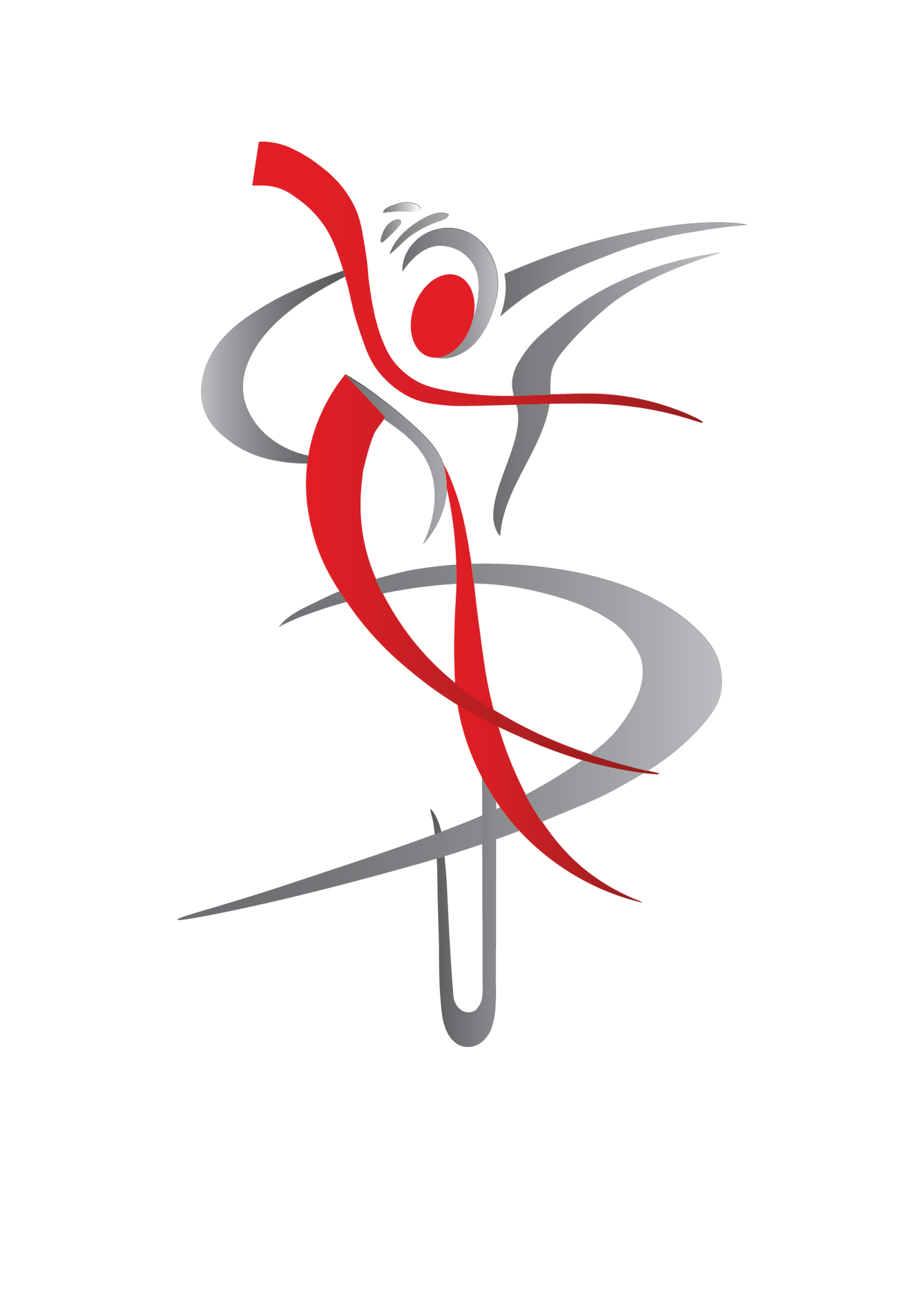INTERMISSION
Welcome to “Intermission”, a blog by Ishami Dance Company. Through “Intermission”, we hope to use the medium of writing to engage critically and thoughtfully with our art, histories, and unique perspectives. We aim to spark conversations, question, and encourage dialogue surrounding our diverse relationships with our artistry and culture, and we hope you will pause and ponder our words — and enter into these conversations yourself.

Performing Prejudice: Collegiate South Asian Dance Organizations Reproduce Conservative Values
Shimmering skirts and brightly colored halter tops glow under white lights as a cast of female dancers twirl and spin. A horde of male dancers rush onstage to join them, wearing colors contrasting with their female counterparts. They line up next to the women and form partnerships to complete the dance. These couples perform to a love song, celebrating happiness and joy as the main male and female leads lift each other in the center of the stage. The song comes to a close and a blackout follows as the audience waits on the edge of their seats for the next number.

Traditions and tensions: Reflections from training in Ghana
Two weeks ago, I returned from a trip to Ghana that promised to be a transformative experience in my study of traditional Ghanaian dance. And it was, in many ways — the training I received in Ghana was truly world class, and my understanding of the dance forms I have been studying over the past few years deepened in immeasurable ways. But another byproduct of this trip was a newfound understanding of the tensions I feel between my study of traditional dance styles and my distaste with elements of the culture that surround such forms that many deem inseparable from their cultural contexts.

Exposure doesn’t pay my bills
More often than not we are approached by clients who have a budget for everything else but paying the artists. Food for the dancers or a picture with celebrities are not valid payments — exposure does not pay our bills. It feels unfortunate that while being an artist requires specialized skills including years of training, these skills are not appreciated in the form of monetary compensation. What really goes into a performance? Hours spent choreographing, researching recorded music and then editing, else collaborating with a composer or live musicians, which requires significantly more work and specialized skills, administrative work to coordinate performance logistics, hours of rehearsals for the dancers, designing and coordinating costumes, time spent during the technical rehearsal, getting ready in costumes and makeup and driving to and from the performance venue.

Margazhi and Melancholy: Reflections from a winter spent in Chennai
It’s hard to go half a mile in Chennai without seeing the decorated archways of a music festival venue in December. Filled parking lots and hordes of patrons follow, crowding around venue entrances and theater canteens. The smells of fresh sambar and coffee waft through the air as distant violin melodies sneak their way out of the cracks in theater doors. Drive a kilometer down the street and the same scene repeats itself, equally lively and once again crowded with eager patrons.
This transformed Chennai of the winter months is a place incredibly close to my heart. Not only is it my family’s homeland, but the abundance of artistic excellence — and collective support of such artistic excellence from the entire city — is unique and incredible. Rarely anywhere else can you find even a single 15-day festival dedicated to local art forms, let alone 20-some festivals operating simultaneously, some for over a month continuously. There are just not the financial resources, performance venues or the audiences anywhere else in the world. And yet every year, Chennai seems to make it happen. Though plenty of programs don’t sell out, there are always eager faces in every audience, as early as 9 a.m. and as late as 10 p.m.

The roots and evolution of Desi Hip Hop
Before we answer this question, we need to briefly talk about Hip Hop. Hip Hop is a cultural movement that began in the early 1970s in the Black and Latino communities of the South Bronx, New York City. During a time when social and economic conditions were extremely volatile, Hip Hop gave the Black and Latino youth an outlet for self expression. Afrika Bambaata, also known as the godfather of Hip Hop, identified the five elements of Hip Hop as graffiti, DJing, breaking, MCing and knowledge.

Transcending tradition, beckoning backlash: How and why did “fusion” become so politically charged?
It was only a few years ago when a teacher of mine told me that bringing together my training in classical and contemporary dance forms would taint my reputation and ruin any prospects of a career in dance. It was not long after that when one of my peers took five minutes out of a rehearsal to berate me for utilizing mudra-inspired hand movements in a piece that I was wearing shoes while dancing. It was only days later that it seemed my TikTok feed was filled with angry internet users berating dancers for pursuing untraditional hybrid forms of movement.
